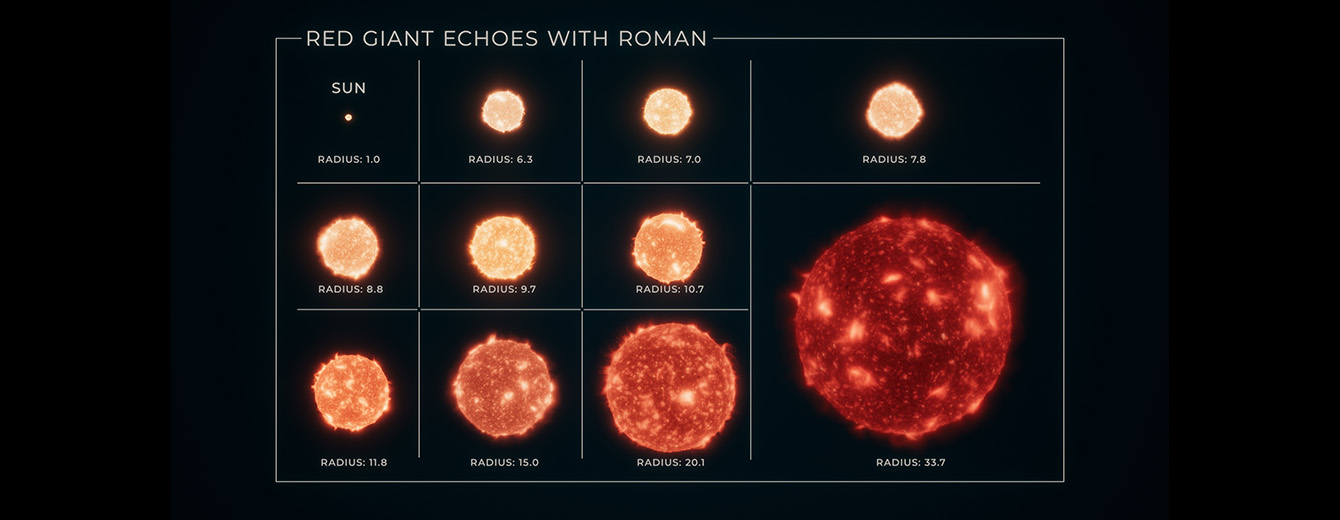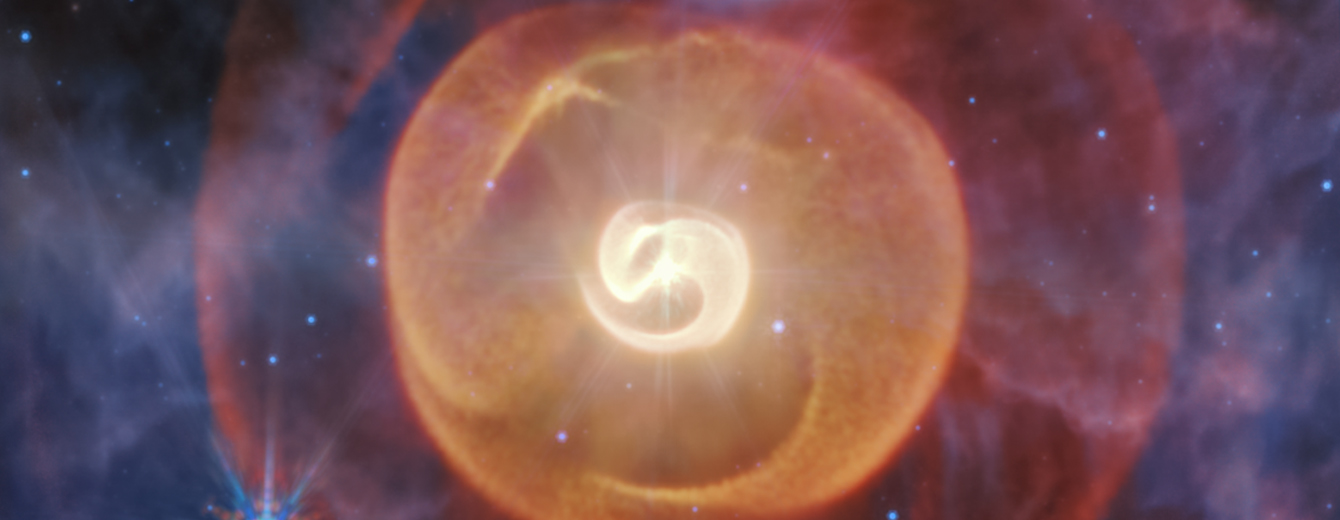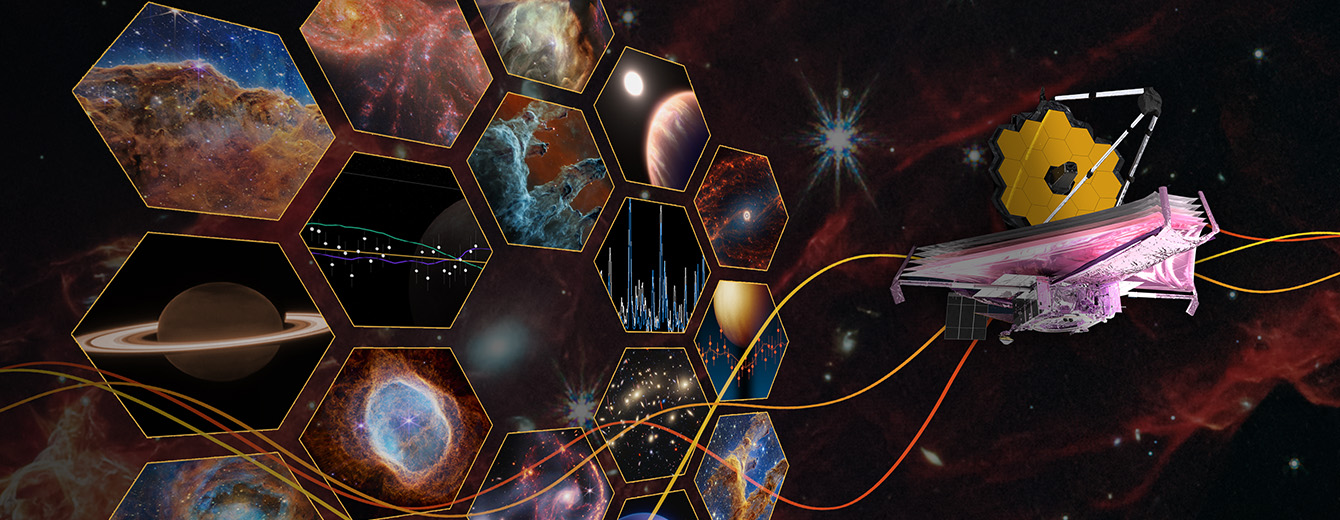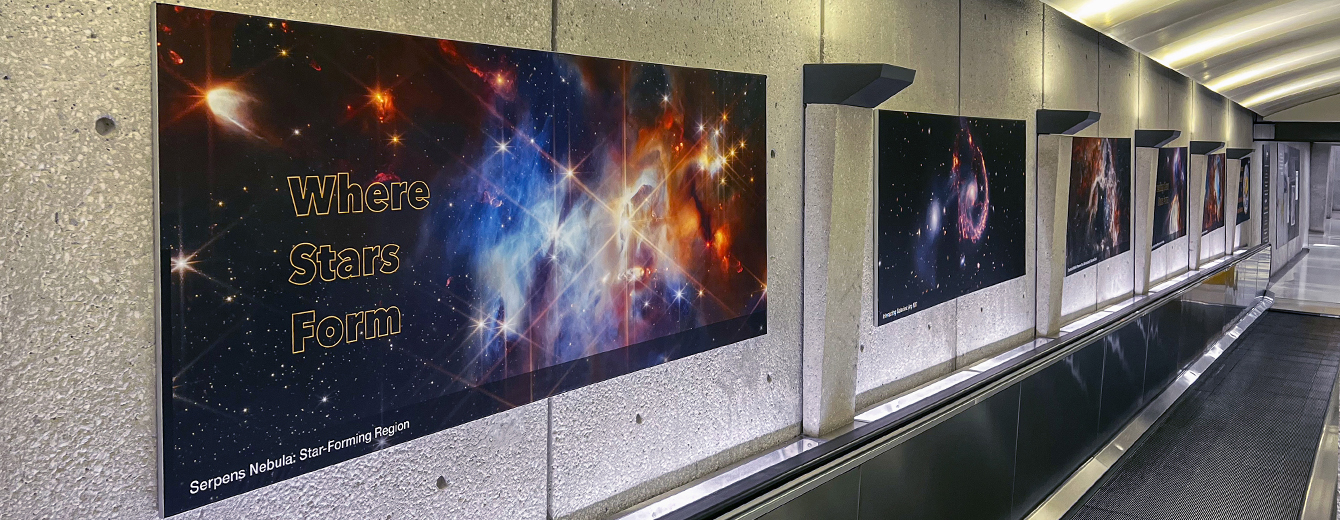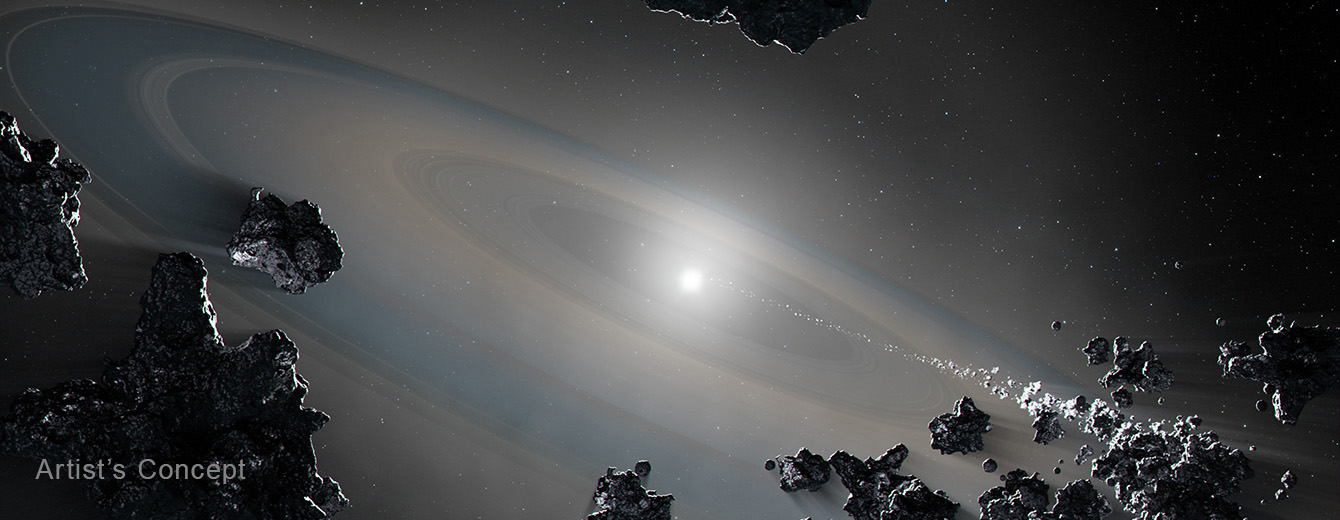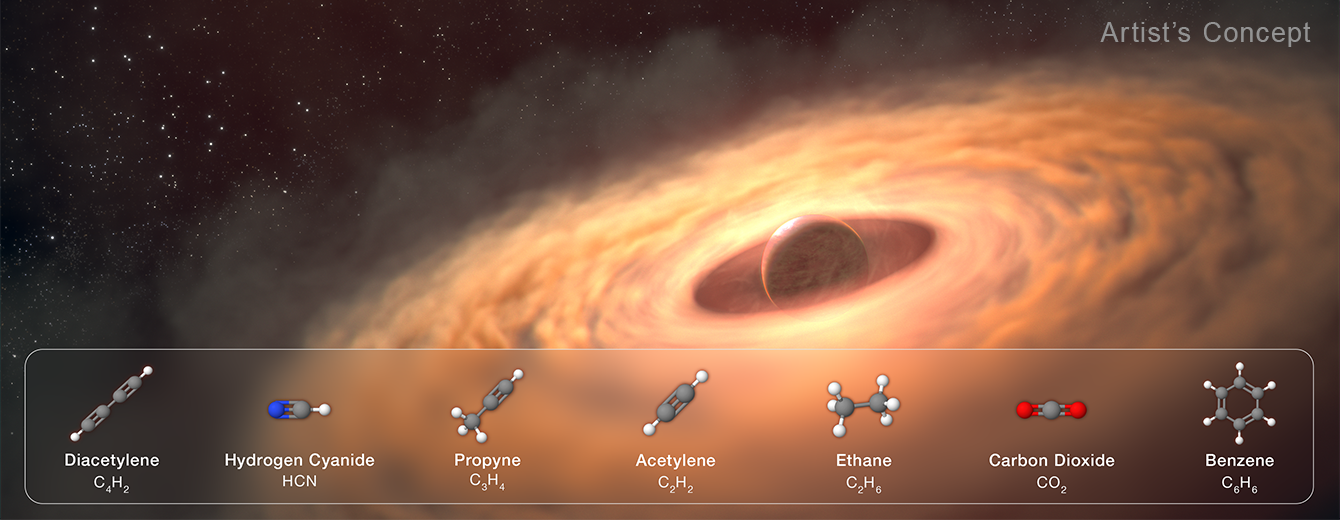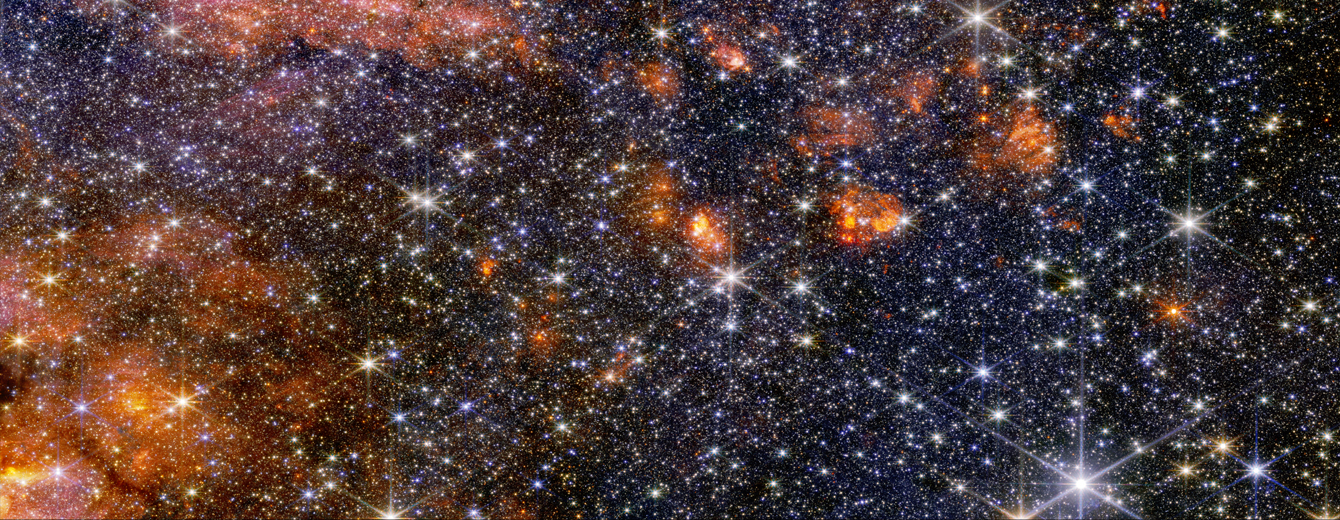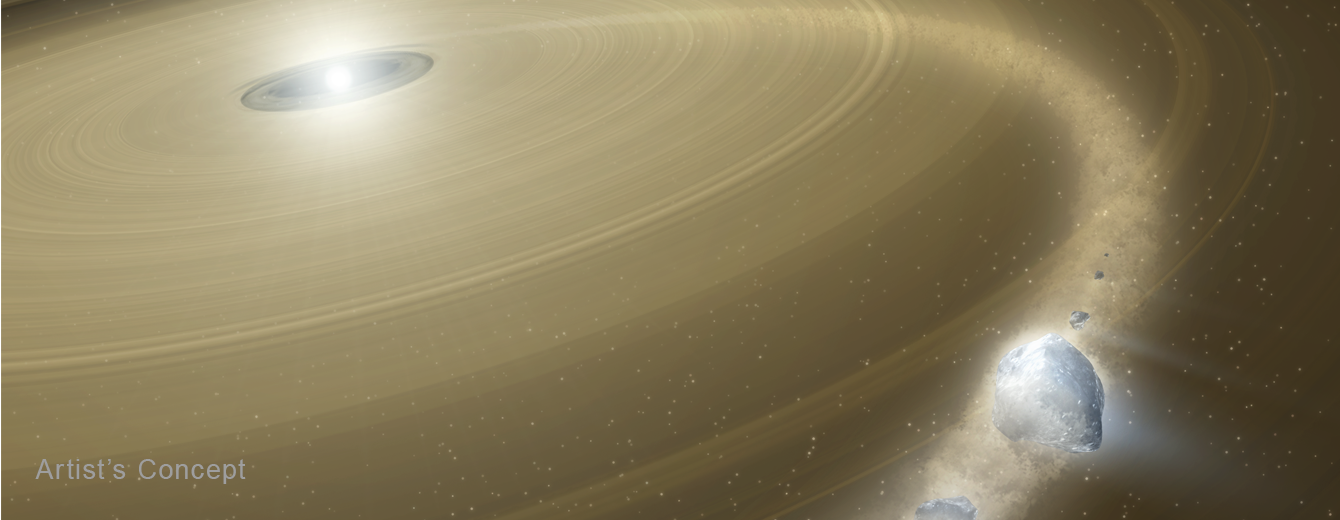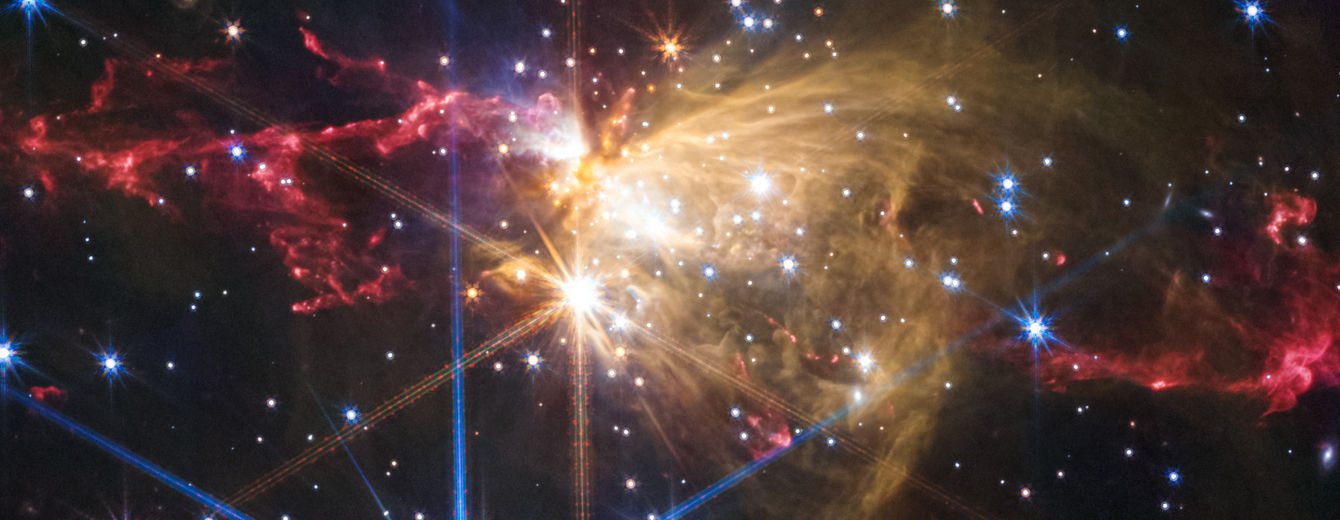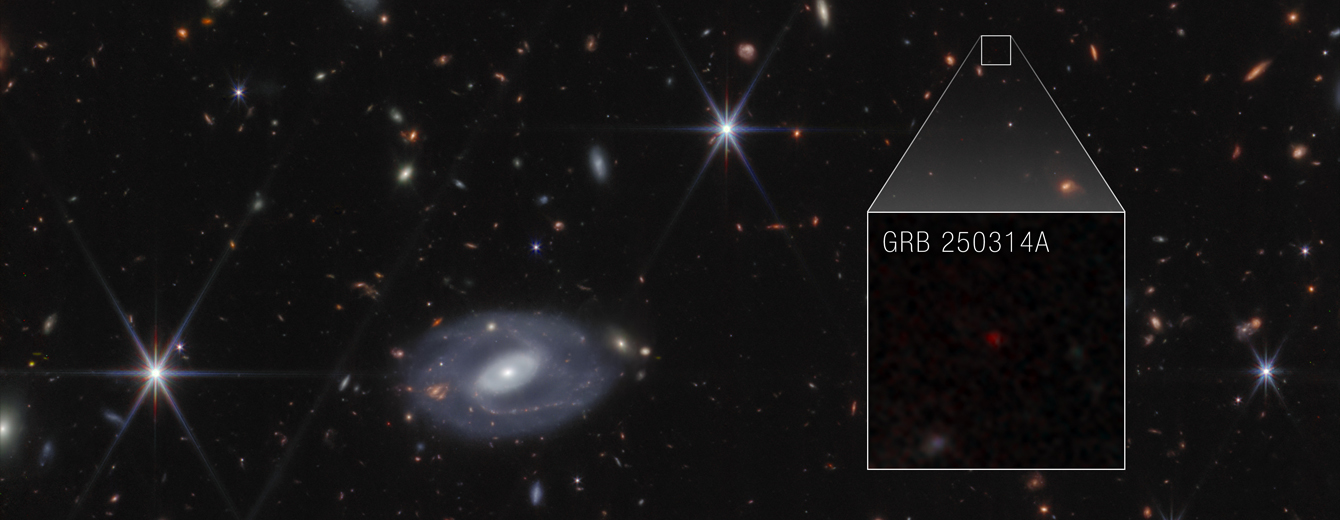
The telescope captured near-infrared light from one of the earliest stars seen to explode in the history of the universe.
With a few near-infrared snapshots, the James Webb Space Telescope nailed down the source of a super bright flash of light known as a gamma-ray burst, generated when a massive star exploded when the universe was only 730 million years old.
And, for the first time at this point in the history of the universe, the telescope provided a detection of the resulting supernova’s host galaxy.
Webb’s quick-turn observations verified data taken by telescopes around the world that were following the gamma-ray burst that turned up in mid-March.
Find additional resources at www.stsci.edu
You are receiving this email because you are subscribed to the Inbox Astronomy mailing list.
